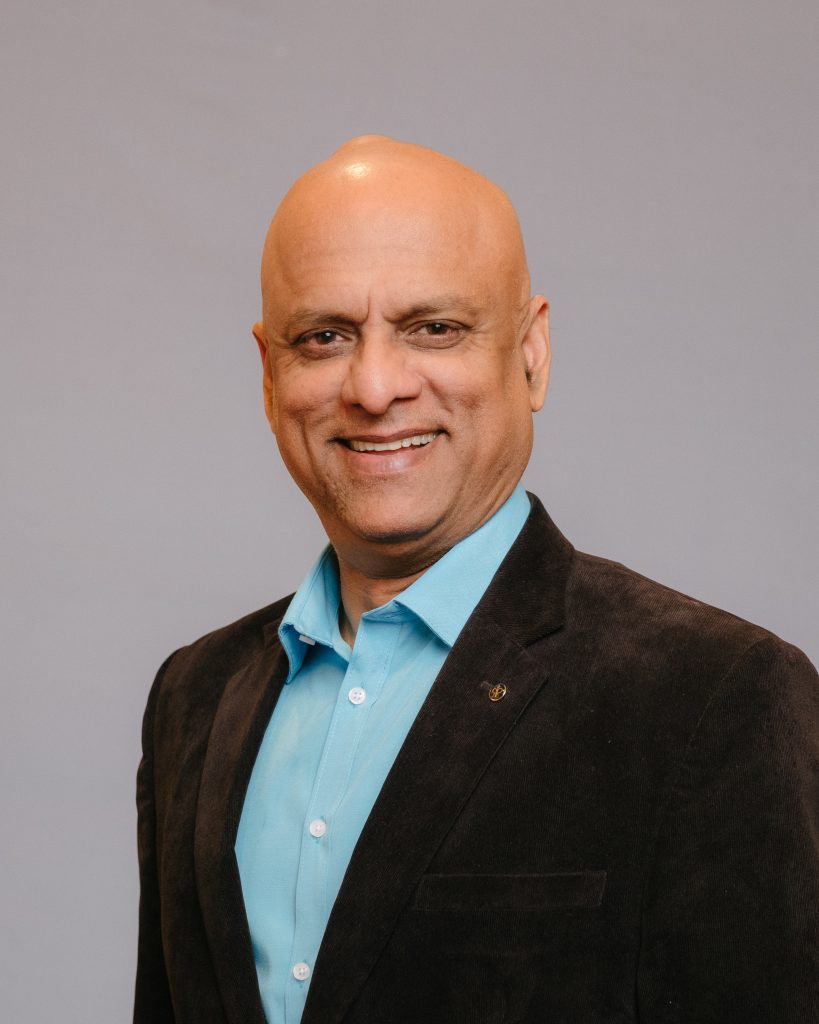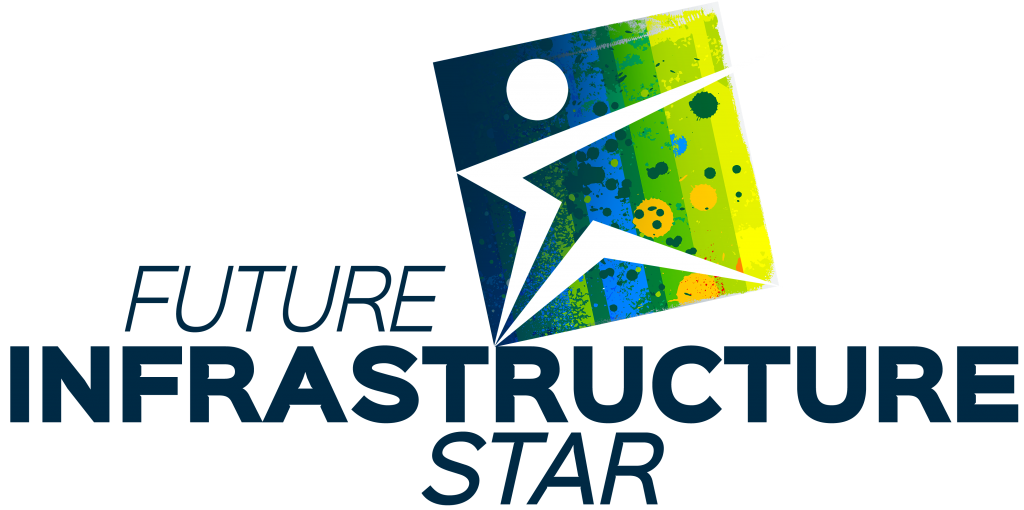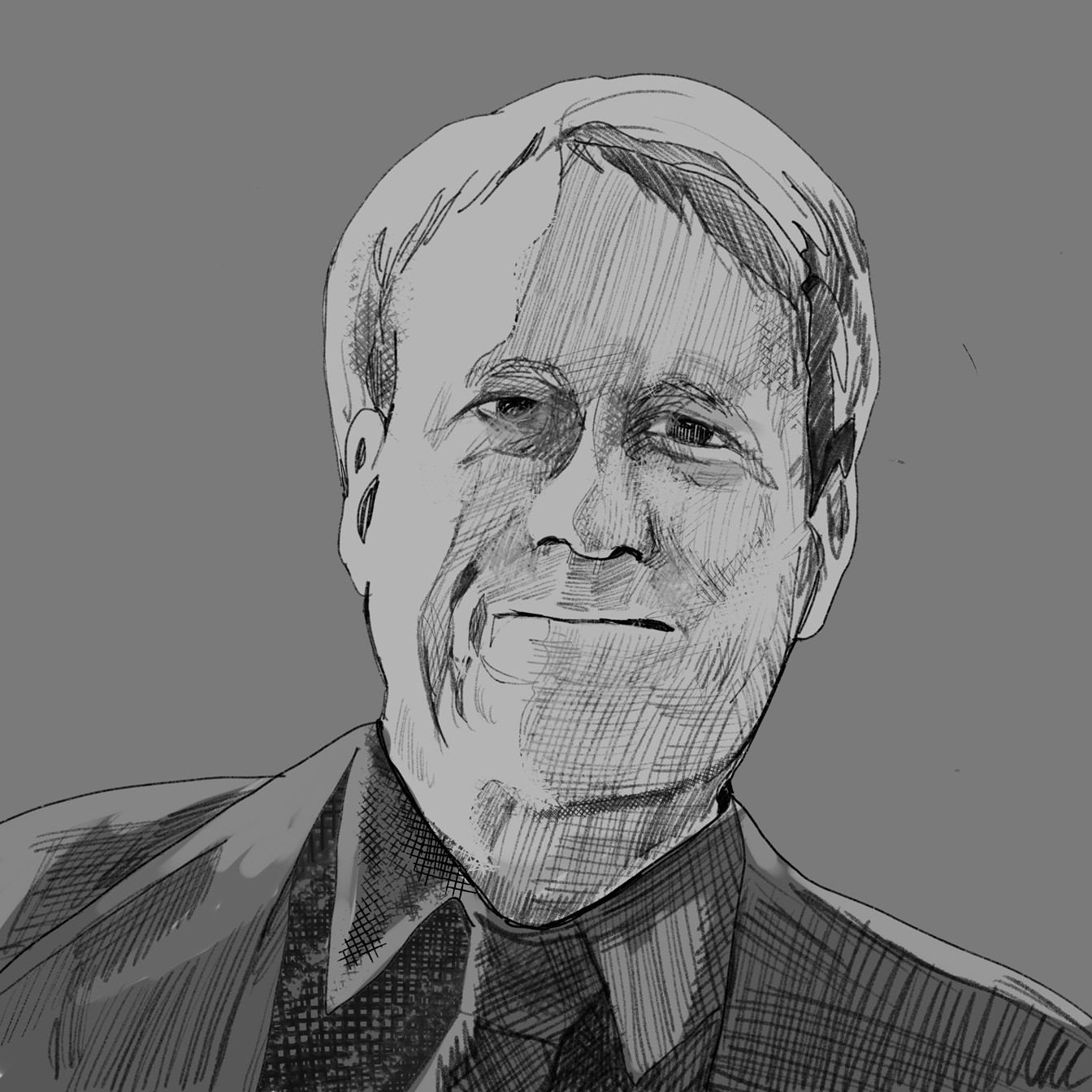AEC Education Reboot
A new AEC education program, reimagines talent pipelines by acknowledging the dynamics of the industry and in how people learn, but also the growing role of reverse mentorship.
Ongoing development of the AEC workforce relies on a balance of early-stage entrants, starting from the ground up, and incumbent practitioners continuing to embrace iterative changes in the industry—this has not changed. But there has been fundamental change in AEC: digitalization of workflows, and distributed environment (cloud) collaboration tools. And now we face an unprecedented demand for new and updated infrastructure that is smarter, greener, and more efficient.

Traditional education and career development paths may not be able to keep up with such demand and may not be suited for new environments in which this growth will occur. Isn’t it about time that AEC education catches up, evolves, and grows to meet these demands?
“Look at what happened to television, who thought that television would die?” says Katriona “Kat” Lord-Levins, chief success officer, Bentley Systems. “Who would have predicted that platforms like YouTube would take over, that self-created content would take over? Education is a little behind; the bricks and mortar institutions are failing to adapt to the new ways people learn. How do people want to learn? It is definitely changing. And, we want to make sure we are listening to that, so we can respond.”
The New Education Program

In responding to these changes, Bentley Systems, a prominent infrastructure engineering software company, announces the launch of the Bentley Education Program. While Bentley has always provided education outreach and resources, a complete reboot was envisioned. The new program encompasses, of course, access to software for students, but the thought process and motivation behind this update went deeper into many more aspects of talent pipelines.
The nature of AEC has changed, and so has the way people grow their AEC skills. The recognition of the substantive role that self-learning, independent exploration, peer-facilitated learning, and the rapid evolution of AEC solutions and work environments has motivated and informed the design of the new program.
Bentley’s new education portal includes:
- Direct student and educator access to software
- Tutorials and training resources
- Tips and advice from practitioners
- Student, educator, and practitioners-generated content
- Mentoring connections
- Student competitions
- Industry news
How this differs from existing education programs can be illustrated by contrasting this with Bentley’s own legacy program, the Bentley Institute. “It was more institution centric,” says Vinayak Trivedi, vice president of Bentley Education. “Education institutions would subscribe to our education software subscription program. And through that, the students should be able to access our program. What that gives us is a lot of personal touch with a lot of faculty—we call them faculty champions. And we’d learn from them the things that they asked for.”
“For example, if you were a school subscribing to Bentley’s Academic program you would need the school code to get personal software access” says Trivedi. “And in many cases, we figured out students could not access Bentley software as their schools were not subscribed to our program, or they were unaware about the school code access, so we wanted to remove these barriers and make software access frictionless for students”

Software Access
The new education program offers 40+, directly downloadable, desktop software packages. “We have started with a pilot approach,” says Trivedi. “The portal and resources are being rolled out globally, but the part of the program where there is software entitlement at no cost is being launched in an initial five countries: the UK, Lithuania, Ireland, Singapore, and Australia. The reason is because we want to make the access pretty seamless.” Rather than some form of online application process where you might need to fill out a questionnaire, provide a student ID, and/or be granted authorization codes through a particular institution, Bentley is trying a much more streamlined approach. “You’ve got to belong to a school, which is recognized by some authority,” says Trivedi. “For these five initial countries, we have collected all the school email domains. The student does not need to prove anything as long as they have an active email address with institutional domains. As we expand the program into countries like India for example, where a lot of schools might not provide each student with a school domain email address, we are working on alternatives. For instance, whereby students would have to furnish a certain ID, but we would still make it pretty seamless.”
Accommodating Different Learning Styles
I’ve always held that in a dynamic industry, much of the critical learning to stay ahead of rapid change, as in this current wave of AEC digitalization, fortune favors the autodidact. Formal programs are essential, especially in fostering appropriate standards and best practices, but one size never fits all. It is heartening to see this new program recognizes and builds on this.
“We have students who are attracted to different levels of involvement,” says Trivedi. “Some want small easily digestible nuggets. They might go onto the portal, get software, get tutorials, do quizzes, get [completion] badges, and share with their peers via social media. They gain a big picture of infrastructure and various solutions to design, build, and maintain them. Then there are the very diligent; they want to do a deep-dive, and work toward mastering the solutions. They would further engage experts, mentors, and tap into our support and product expertise channels—our program supports all of these levels of engagement—that is why we have designed this program to go much further than just software at no-cost.”
Talent Pipelines

Most of the prominent geospatial and AEC vendors have active education programs, and this certainly makes sense from a business standpoint. But the same mechanisms serve the cause of jump-starting talent pipelines for the industry to meet growing infrastructure demand. “The whole purpose of this program is to create a talent pipeline for our customers and for ourselves,” says Lord-Levins. “What we’re trying to do is ensure that people know who we are, and we can influence what they’re using. But also, one of the big appetites we have is to actually swim further upstream, to influence young minds who are making decisions to get into the infrastructure field, and to create opportunities for them who might not have thought about this as a career.”
“One of the problems we hear from our accounts is that they obviously want more of a talent pipeline. It makes acquiring software expensive, and implementing efficient workflows difficult when you’ve got a very small pipeline of talent,” says Lord-Levins. Getting young minds interested early, and providing a path to continue the engagement, could help solve talent shortages in AEC and foster more certainty for succession planning.
Reverse Mentoring
Making connections between early learners and seasoned experts and practitioners is a stated cornerstone of the new program. Bentley wishes to facilitate those connections, with their own in-house experts, users, educators, and industry experts. But there is another aspect of mentoring that has in many ways always been there but is not talked about much in a formal manner: reverse mentoring.
There is a line from a song from the band The Police that goes (I’ll paraphrase) “student becomes the master.” The early-stage learner, by nature of learning the skill in the present, being eager and fearless in embracing the new, can offer a lot to an enterprise, and to actually help the incumbent practitioners evolve their own skills.
“We have lifelong learners, essential for the industry. We have early-stage people and we have mature folks with more experience in the workplace,” says Lord-Levins. “How do we get adoption of transformational software into the hands of people who might be afraid of it? We have young people coming in who are less fearful of technology. They consume it, and they jump right into it. And, we might have people who have been around the industry a lot longer who are used to what they are doing, and how we do change management within this dynamic?”

The education program dovetails with initiatives of the customer success team that Lord-Levins leads, and the “customer voice” initiative she implemented when taking on this role last year. “Early-stage people are another voice, a new voice, a new set of eyes consuming the workflows of our software, and we want to listen to that internally. We want to use that feedback to see does it change? I mean, this is a whole new set of people with a new way of thinking. Not your grandfather’s way of doing something, but often very different approaches.”
There is a benefit to having a balance in mentorship and reverse mentorship. Many enterprises have recognized this and have assigned roles to early-stage people on the team to jump into a new process or solution, and to figure out how to integrate these into enterprise workflows. Bentley has recognized this and has designed it into this education program by looking further upstream and accommodating self-guided learning for early learners.
The same program elements can benefit the life-long learner. “We want to remove as many barriers for technology changes as necessary. And some of those barriers, and rightly so, is that for many people who have been around a long time, they’re fearful that they’re going to fall behind and lose their jobs,” says Lord-Levins. “We want to give them confidence and security by providing learning pipelines for them, to upskill and reskill, and to both learn from and guide early-stage learners.”
Student Competitions
Launching with this new education program is the ambitious Future Infrastructure Star Challenge 2021. “We have done competitions and challenges in past ourselves and through our partners. But this is huge, in several aspects,” says Trivedi. “First of all, as we have launched this together with the education program and portal, we bring it to all students globally, not just for the five countries with the initial software eligibility. There are a lot of students and schools all over the world who have access to our software by other means, and we are always willing to work things out.” And the first phase does not necessarily require the use of software.

The first part of the competition is focused providing a conceptual idea to create a better world. “We ask you to develop a concept or an idea, individually or in a team of two, of how you can change the world with infrastructure,” says Trivedi. “We want the students to come up with innovative ideas. But there are certain requirements. The first is that the ideas should be focused on one of five of our key solution areas:”
- Road and Rail
- Buildings and Facilities
- Water and Wastewater
- Cities and Mapping
- Power Generation
Further, says Trivedi, “Is that it should solve some environmental problem that the infrastructure industry is facing. And the third aspect is it should also make use of some of the technologies around Internet of Things, machine learning and artificial intelligence.”
From the entries in this first phase, 20 will receive a prize of USD 500 each and 10 will be selected for the next level. This is where they actually design models and give shape to their conceptual idea. “This is where this mentorship also comes in,” says Trivedi. “Where they get exposed to the subject matter experts. Then, obviously, somebody wins. We will do a mix of a jury doing the selections and some form of voting. We had a smaller version of this last year, and it was quite successful.” The winning team of this phase will be awarded USD 5,000. All winning teams, and students will be featured in Bentley’s annual Infrastructure Yearbook as well.
How People Learn
To be fair, many AEC and geospatial vendors have education programs and support student, and life-long learning in many wonderful ways. That Bentley has done a well thought out reboot—and a very ambitious one—is a welcome addition. The AEC industry, and our world, is facing a lot of hard work ahead, and one for which new skills and processes are an imperative. We’ll all need to up our skills, from the early-stage people to the most seasoned practitioners. If there is one takeaway from this particular initiative, it is that it is focused not so much on how to teach people, but more about how they really learn.






